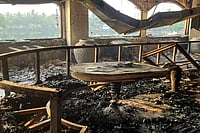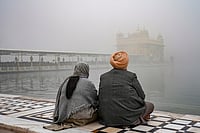The novel traces the life of its hero Naim through about five decades of Indian history, weaving it into the life of its villages and towns in seamless segments. Naim, the son of a farmer, is adopted by his more sophisticated uncle, with whom he spends a secure childhood in Calcutta. After passing his Senior Cambridge exam Naim comes to Delhi, where his encounter with the family of Nawab Roshan Agha, the squire of his village and more importantly, with the Nawab's sophisticated daughter Azra, becomes an important turning point in his life. Naim decides to visit his natural father and ancestral village and is hopelessly hooked to his roots. He opts to stay on in the village, much to his uncle's disgust and quickly sheds his city past. Meanwhile, the Second World War breaks out and Naim, in a burst of bravado, opts to go and fight and returns after losing his youthful innocence and an arm. His flirtation with the nationalist movement and his subsequent marriage to Azra end in bitterness. An old defeated man, he dies in the Partition riots, a forgotten corpse.
The sweep of Hussein's work is grand and it is a tribute to his superb narrative skills that he is able to work at the level of plot and allegory without losing touch with either strand. Naim emerges both as a tragic hero and a metaphor for a struggle against alien occupation. His love for his village and Azra are pitted against the natural background of the elemental world'the rhythms of seasons, sowing, harvesting, floods and drought. The land is a powerful presence throughout the novel, particularly in the character of Naim's farmer-father, a sort of old man of the earth. The old man's bond with the land of his forefathers works at many levels of the novel's subtext, giving the land itself a presence that twists every character into shape. Azra and Roshan Agha's effete ways are depicted through their preoccupation with their garden in Delhi, where only English flowers are planted and tended. On the other hand, Naim and his father speak to each other in the language of ploughing and harvesting, and a drought in the village is followed by the death of its young men in the World War.
The novel's minor characters, the Sikh peasants of the village, the fisherman in Amritsar, the warring wives of Naim's father and Ali, his stepbrother, are all used to great effect by Hussein. They give the novel a breadth and richly-textured landscape, while providing the author with the opportunity to portray his central character without resorting to tedious descriptions. In fact, Naim is a singularly silent character and his voice is only occasionally heard: mostly in tenderness or sorrow with Azra. The chatter of Roshan Agha's parties leaves him cold and his joy in the robust humour of the village is suggested rather than articulated.
Above all, what makes the novel so refreshing is that it was first written in Urdu, not English. It is interesting to speculate what it would have been like had this not been the case. Hussein has translated the text himself fairly competently and so preserved a lot of the original sweetness and roughness intact, giving it a lovely grainy texture.








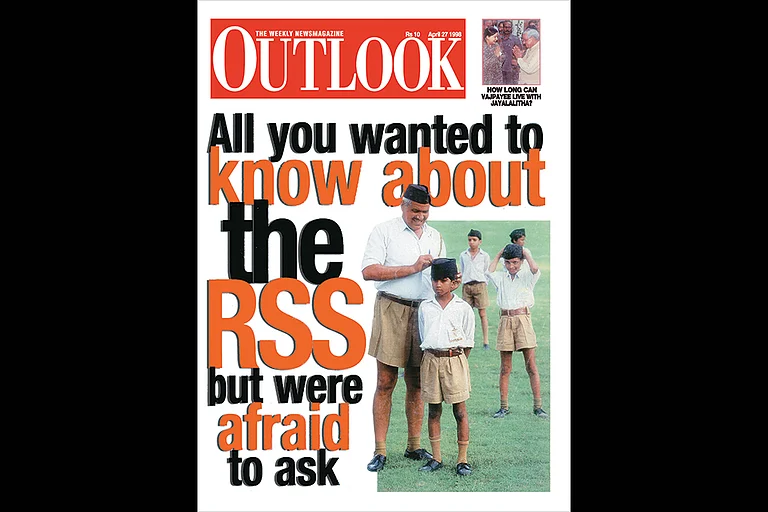




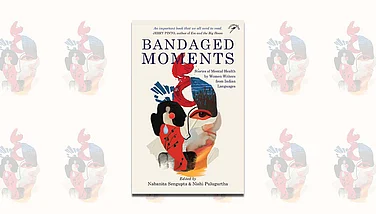




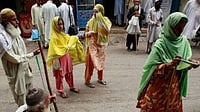
_.jpg?w=200&auto=format%2Ccompress&fit=max)
